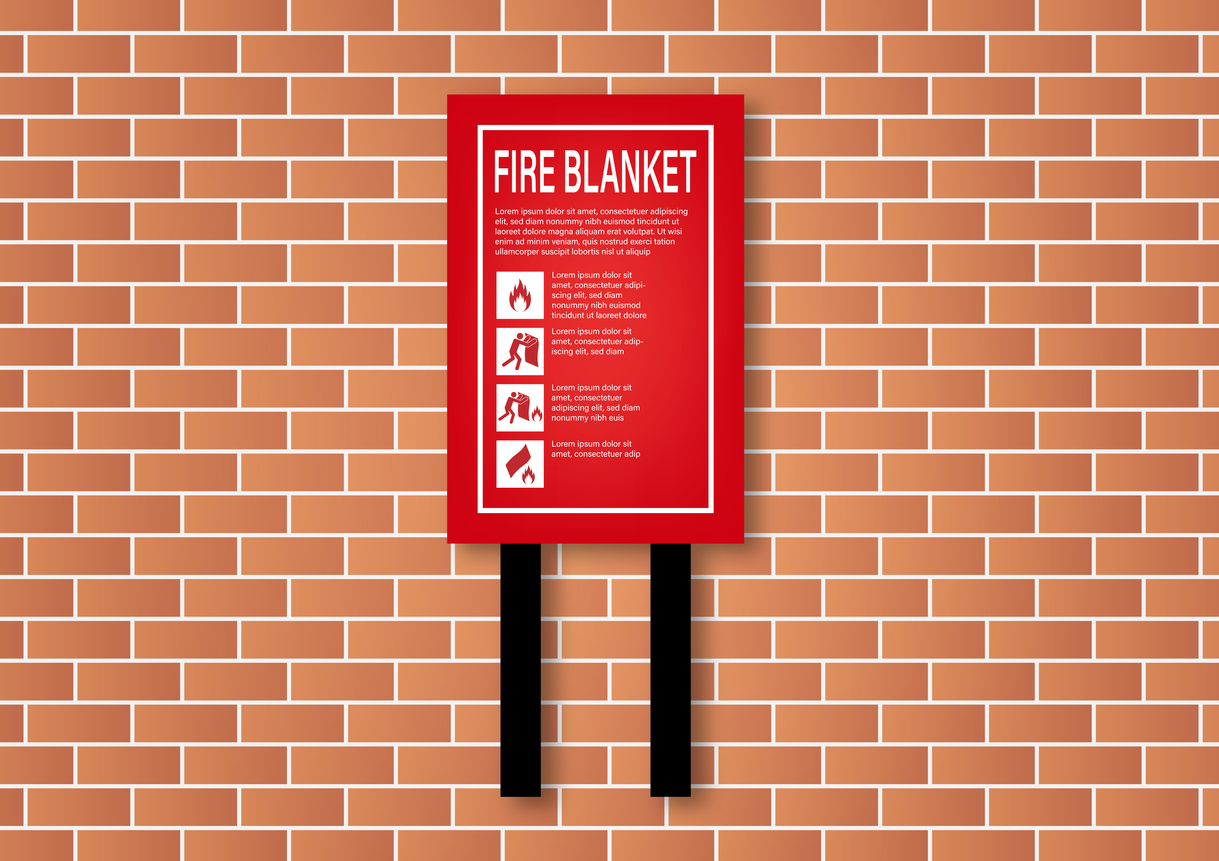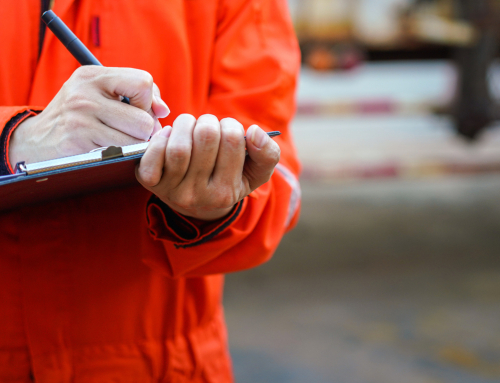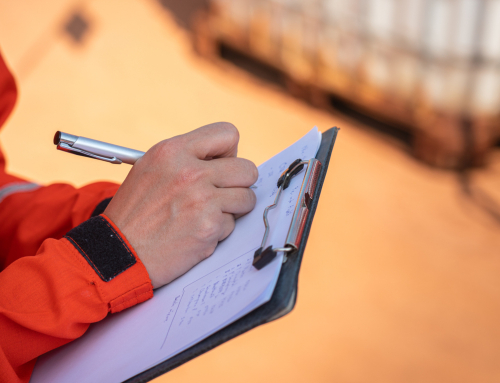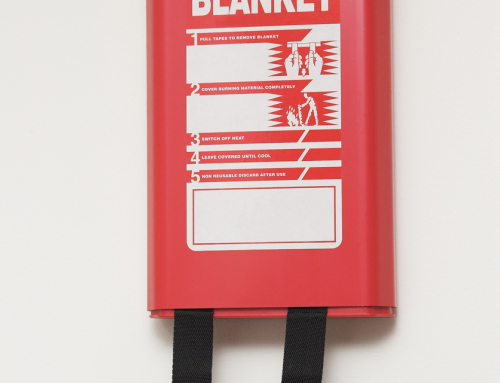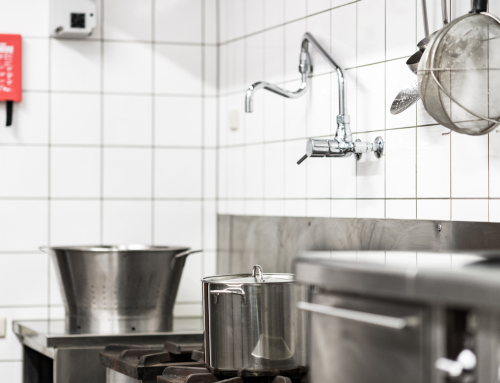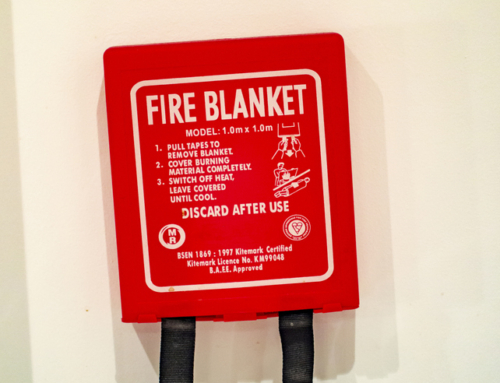In busy shared spaces—schools, offices, clinics, commercial kitchens—fire safety often sits quietly in the background, unnoticed until it’s urgently needed. One of the simplest but most essential tools in your safety toolkit is the fire blanket. But owning one isn’t enough. Regular fire blanket inspection is what ensures it will actually work when you need it most.
Let’s take a look at what this process involves, what standards apply in New Zealand, and how different environments shape inspection needs.
Why Fire Blanket Inspection Is Essential
Fire blankets are designed to smother small fires—particularly Class F fires (cooking oils and fats) and clothing fires. They are often the first line of defence before a fire escalates to something requiring a fire extinguisher or evacuation.
But they can’t do their job if:
- The seal has been broken or tampered with
- The storage casing is cracked, rusted, or inaccessible
- The blanket material is compromised by age, dust, or pests
- The blanket has been used and not replaced
- The unit doesn’t comply with the latest safety standards
In New Zealand, compliance is governed under AS/NZS 3504:2006, which outlines manufacturing and performance requirements for fire blankets. Inspection ensures that your equipment aligns with these standards—protecting both your people and your liability as a facility manager, business owner, or principal.
What’s Involved in a Fire Blanket Inspection
Professional inspections go beyond a quick visual check. They involve:
- Ensuring the blanket is installed within accessible reach, usually near high-risk areas such as kitchens
- Checking that instructions are clearly visible and legible
- Examining the casing for signs of damage, corrosion, or tampering
- Verifying the seal is intact and the blanket is unused
- Confirming the unit is of the right size and type for its intended environment
- Ensuring nothing obstructs access during emergencies
Inspections should occur at least annually, or more frequently in high-use environments like hospitality kitchens or school canteens. Some organisations choose to align inspections with their overall fire equipment maintenance schedule, which includes extinguishers, alarms and signage.
How Environment Affects Inspection Needs
Different types of buildings present different risks—and that changes how inspections are approached.
In Schools and Early Learning Centres
Fire blankets are typically placed near kitchenettes, home economics rooms or science labs. With multiple users (including students), there’s a higher chance of accidental damage or misuse. Inspection in these settings should include a check on accessibility for staff, proper signage, and any signs that the blanket has been tampered with or removed.
In Office Settings
While risk is generally lower, office kitchens still see their share of minor incidents involving toasters, microwaves, or portable appliances. Because fire blankets are rarely used, regular inspection ensures they haven’t quietly deteriorated or become blocked by furniture or clutter.
In Commercial Kitchens and Shared Facilities
These spaces are high-risk by nature. Staff rotate, oils are in constant use, and quick response is critical. Fire blanket inspection here often includes recommendations for placement (distance from stovetops, signage visibility) and frequency (more often than the annual minimum).
Common Mistakes and How to Avoid Them
A few recurring issues often come up during inspections:
- Misplacement: Installed too high, behind locked cupboards, or too far from potential fire zones.
- Neglect: Units go years without inspection, often forgotten because they’re “out of sight, out of mind.”
- Poor documentation: Lack of an inspection log, which is crucial during audits or safety reviews.
- Re-used blankets: A blanket that’s been used—even once—must be replaced, not rolled back up and rehung.
Avoiding these mistakes requires a system—whether that’s a maintenance calendar, integration with wider WHS routines, or an external service provider that tracks compliance for you.
Jim’s Fire Safety Supports You With Fire Blanket Inspection And More
Fire blanket inspection might seem like a small task, but when safety is on the line, it plays a critical role. It’s not just about ticking a box for compliance—it’s about making sure the equipment you rely on is ready to do its job in a real emergency. Whether it’s a teacher responding to a stovetop flare-up or an office worker handling a microwave mishap, having a functioning fire blanket on hand can make all the difference.
Doing your due diligence before something goes wrong is far more valuable than scrambling after the fact. In the wider world of fire protection, a fire blanket is a modest tool—but modest doesn’t mean minor.
That’s why Jim’s Fire Safety NZ provides professional fire blanket inspections tailored to the needs of different environments. From schools and offices to hospitality venues and shared community spaces, our qualified technicians understand the specific safety standards and risks across New Zealand workplaces.
We take care of the full process—thorough inspections, compliance checks, and proper documentation—so you don’t have to second-guess your fire safety setup. Our job is to make things clear, simple, and reliable, giving you confidence that your equipment is where it should be and ready to use.
To request a free quote or learn more about our full range of fire safety services, call us today on 0800 454 654. Our friendly team is ready to help you stay compliant, prepared, and protected.
Protect your people, your property, and your peace of mind. Book a professional fire blanket inspection with Jim’s Fire Safety NZ to make sure you’re fully covered.


